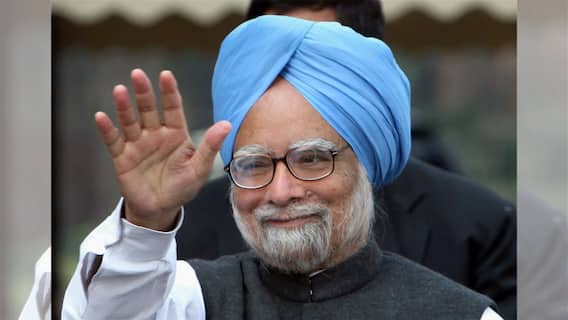Navratri 2022: Third Day Dedicated To Maa Chandraghanta Symbolises Royal Blue. Check Significance Of Colours
On the third day, devotees worship Maa Chandraghanta as an avatar of Goddess Durga. The day symbolises Royal Blue that represents richness and tranquillity.

New Delhi: Navratri is a festival dedicated to the nine forms of Goddess Durga. This year, Shardiya Navratri started on Monday and will last till October 5 (Wednesday). It is one of the most important festivals in India where people wear new clothes, keep fast, enjoy playing dandiya, and visit pandals. The festival is marked as the victory of good over evil.
The Navadurga, Durga's nine incarnations, are the main focus of these nine days. Every day has a different goddess manifestation linked to it. The nine days of Navratri also have different colours associated with each day. It is considered auspicious to wear clothes in nine different colours until the last day.
ALSO READ: Travel Stories: 7 Reasons Why You Should Visit Antarctica (abplive.com)
We tell you the significance of the colours and the day associated with it.
Day1: The first day of the grand festivity is associated with white colour. White is usually linked to purity and innocence. Maa Shailputri is worshipped on the first day of Navratri.
Day 2- The second day of the festival signifies red which is known for symbolising passion and love. Goddess Durga is also offered red Chunri. On this day Navratri devotees worship Maa Brahmacharini.
Day 3- On the third day, devotees worship Maa Chandraghanta as an avatar of Goddess Durga. The day symbolises Royal Blue. People participate in Navratri celebrations wearing the vivid shade of blue colour that represents richness and tranquillity.
Day 4- The fourth day of Navratri is associated with yellow. The colour is believed to radiate optimism and joy. Maa Kushmanada is worshipped on this day of Navratri.
Day 5- The fifth day of the festival symbolizes green that reflects nature and showcases a sense of growth, peace, fertility and serenity. On this day people wear green colour clothes and worship Maa Skandmata.
Day 6- The grey colour on sixth day signifies balanced emotions and keeps the person down-to-earth. On this day, devotees offer prayers to Maa Katyayani.
Day 7- The seventh day is associated with orange colour signifying positive energy. Devotees worship Navdurga in an orange colour dress. Maa Kalratri is worshipped on the seventh day of Navratri.
Day 8- The eighth day is associated with peacock green which depicts uniqueness and individuality. This peacock green shade is a combination of blue and green colour which exudes compassion and freshness. Maa Mahagauri is worshipped on this day.
Day 9- The final day or the ninth day of Navratri is associated with pink colour. Pink usually symbolises universal love, harmony and affection. Devotees worship Maa Siddidatri on the ninth day of Navratri.
Trending News
Top Headlines






































